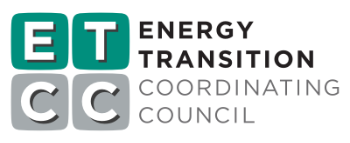Project Info
COMPLETE
Project Title
Packaged Central CO2 Heat Pump Water Heater Multifamily Demonstration
Project Number ET22SWE0028 Organization SWE (Statewide Electric ETP) End-use Water Heating/DHW/HPWH Sector Commercial Project Year(s) 2022 - 2025Project Results
Central heat pump water heaters (CHPWH) are essential to the reduction of energy usage and carbon emissions, addressing one of the largest energy-consuming end-uses in buildings. Packaged models show promise for reducing costs of these systems while increasing reliability and easing the hot water market transformation. Packaged CHPWHs can ease the installation and enable scaling of CHPWH adoption with fewer supply chain and installation barriers. Validation and enhancement of packaged CHPWH products is needed to encourage market adoption and find opportunities to maximize mutual benefits of the technology. This report presents the findings of a field demonstration of packaged, carbon dioxide (CO2) CHPWHs installed at two new construction multifamily buildings. An average annual coefficient of performance of 2.9 was observed, resulting in reduced greenhouse gas emissions of 86 percent in comparison to a natural gas code baseline. Effective load shift controls displaced up to 52 percent of the energy out of peak time-of-use periods which reduced greenhouse gas emissions by 4.9 percent over a system without load shifting. Total system benefits and energy cost impacts are also presented. Since these were among the first of this product type to be installed, the project team identified some opportunities for improvement which will yield even further benefits to building owners, utility programs, manufacturers, and installers. Recommendations include commissioning considerations of swing tank setpoints and recirculation return water balancing, attention to loads and efficiency in new construction buildings that may have partial occupancy residents move in, and active monitoring with fault detection diagnostics for maximizing impacts, quality installation, and persistence of savings. Future study should include demonstrations of packaged systems that minimize temperature maintenance loads through design variations and new program or rate structures that provide value to the building owner reflective of the benefits to the utilities and grid.
Project Report Document
Loading PDF Preview...
